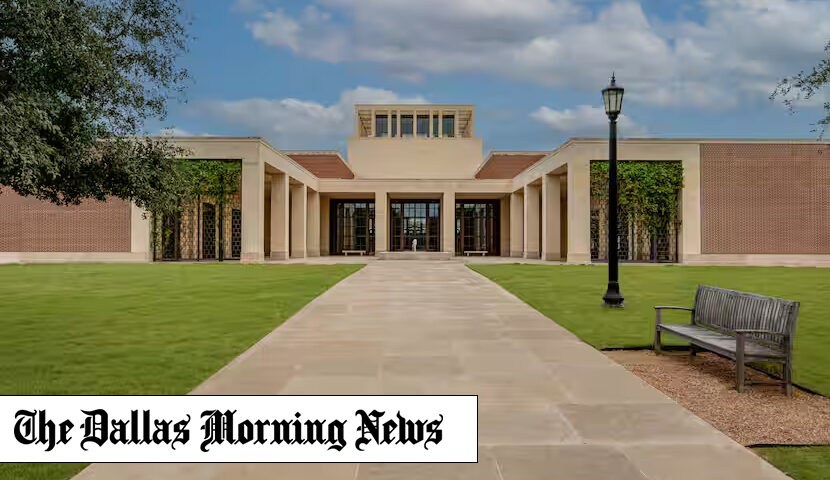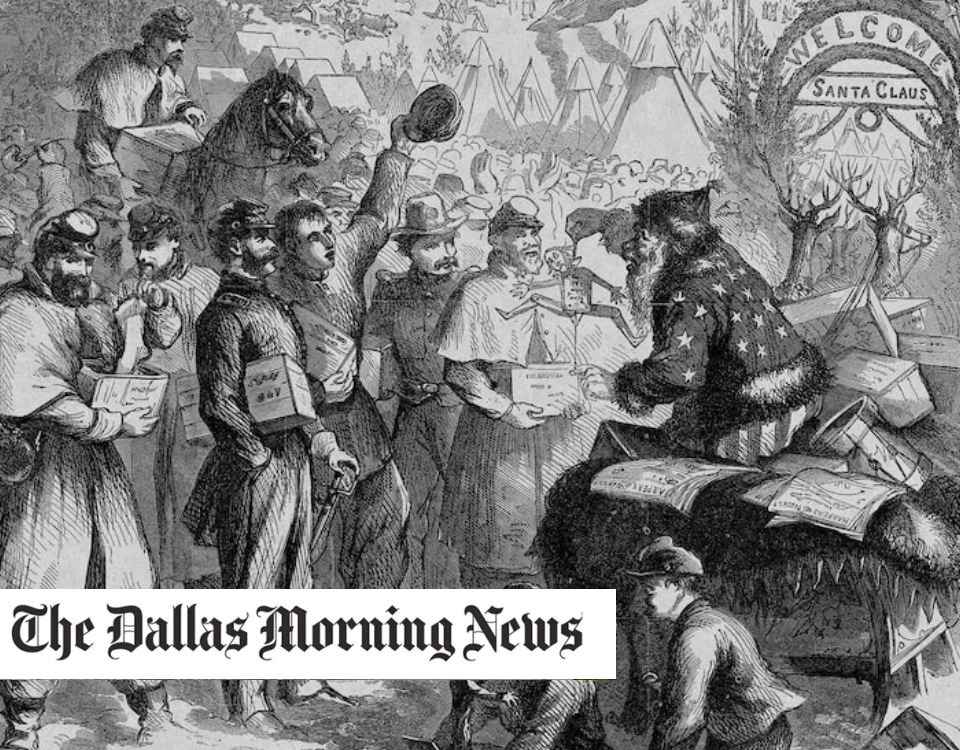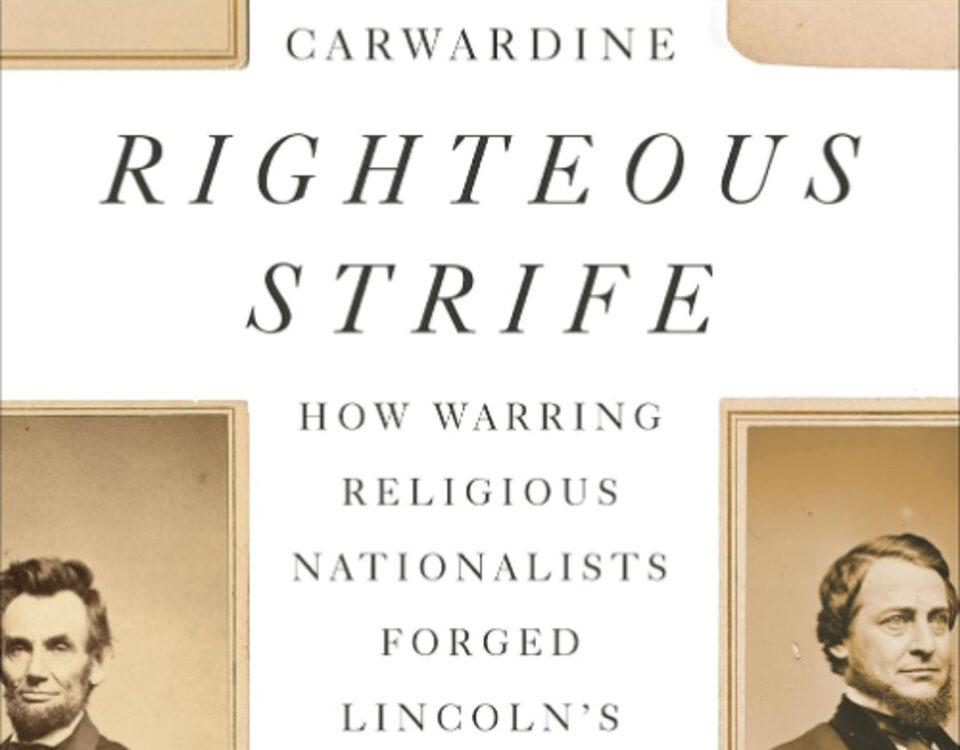Boston: Bush Center is a Dallas Jewel
I’ve been lucky to live near two presidential libraries.
The George W. Bush Presidential Library, part of the George W. Bush Presidential Center, opened in 2013 on the SMU campus.(SMU)
Entering the University of Texas as a freshman in fall 1972, the building on campus I had to see first was the brand new LBJ Presidential Library, the first post-presidential institution ever to be on a college campus. Throughout my college and law school years, I followed the exhibits, watched the videos mounted on display, heard the recordings of Johnson’s phone conversations and attended the speaker programs.
When President George W. Bush was deciding which university would be the site of his presidential library, I sure hoped he would choose SMU. When the announcement came in 2008 that it would be built on the Hilltop, I had high hopes of it becoming what the LBJ library had been since 1971: an institution that enhanced the stature of the university and the city where it is located, and a source for many memorable experiences.
It has become so much more.
My image of a presidential library, informed by the iconic wall of archive boxes at the LBJ library, was one of preservation and research — a glorified mini-storage of presidential history. But the George W. Bush Presidential Center has also housed a think tank, a publishing team, programs for leadership development and veteran care, and, on one special day in 2017, the rehearsal dinner for my daughter’s wedding.
The Bush Institute, which its leaders like to call a “do tank” rather than a think tank for its bent toward actionable policy solutions, is uncommon among presidential centers — or at least it was until The Carter Center at Atlanta’s Emory University broke the mold. That was in 1982, long after I had left behind the campus with LBJ’s archives, but long before Jimmy Carter would stop being a player on the world stage. Carter is now our oldest living president and the president with the longest retirement in American history: 43 years.
Some may question whether it’s prudent for a former president or his institution to seek to address ongoing American policy after he’s left the White House. In recent weeks, Donald Trump has been criticized for trying to do just that by calling Richard Grenell, his former ambassador to Germany, “my envoy” and commissioning him to attack President Joe Biden’s foreign policy.
When I asked the Bush Institute leadership about that, they said they have always stayed away from even a hint of partisan skirmishing and, notably, their namesake is painting portraits of world leaders, not seeking to unseat them.
Instead, the policy positions taken by the institute’s scholars have one goal: to enhance public discourse, with all work tied to its mission of advancing four core values: freedom, opportunity, accountability and compassion.
Those values, rather than party affiliation, are what drive policy and personnel., Bush Institute Executive Director David Kramer told me: “We don’t do political litmus tests.”
The institute pursues research on a wide variety of topics that, in recent months, have included immigration, education, economic growth, strengthening democracy, global health, women’s advancement, corruption and kleptocracy, Afghanistan, and Ukraine.
Bush policy advocates testify regularly before federal, state and local government bodies. They also publish The Catalyst, the online journal that has twice won Editor and Publisher’s EPPY Award for the Best Magazine Website with under 1 million unique views.
The Bush Center has also emerged as a unifier among other institutions. In 2023, for the first time, 13 of the nation’s presidential centers (from Hoover to Obama) issued a joint statement.
“We felt it was a good time to bring together the various presidential centers and foundations — Republicans and Democrats — to underscore the importance of our democratic values, institutions, civic responsibility, civility and a pluralistic society,” Kramer said.
The joint effort has opened new channels of communication among the 13 centers, Kramer said.
This expansion of interaction among the post-presidential facilities is a logical extension of the effort by the George W. Bush, George H.W. Bush, Bill Clinton and Lyndon B. Johnson centers that in 2015 led to the creation of the Presidential Leadership Scholars program. For the last nine years, PLS has chosen and trained a diverse group of midcareer professionals in an effort to enhance their leadership abilities through the lens of presidential experience.
PLS participants from the nonprofit, military, public and private sectors all over the country get to learn from former presidents, administration officials, academics and business leaders. To date, 477 people have been trained in the program and this year’s class has 60 participants.
The Bush Center also operates the Stand-To Veteran Leadership Program, which equips veterans and current military leaders to mobilize projects that aid military families. To date, 209 people have completed projects and this year’s class of 35 plans to do the same.
What enriched Austin and the University of Texas since my college days has now been duplicated and expanded in Dallas and SMU. Our city can be proud of this institution.
For someone like me who’s been locked in on presidential history for over half a century, divine providence has delivered me to the right place at the right time. Twice!
We welcome your thoughts in a letter to the editor. See the guidelines and submit your letter here. If you have problems with the form, you can submit via email at [email protected]




